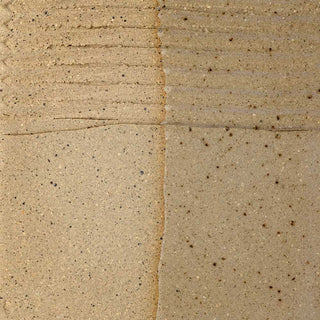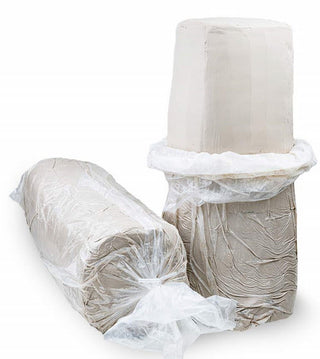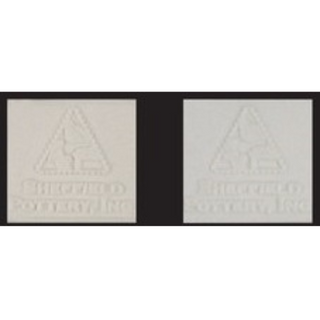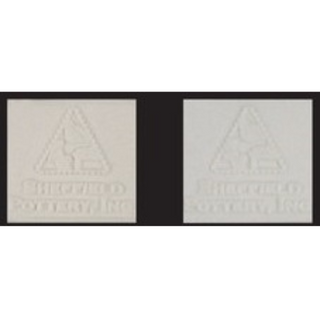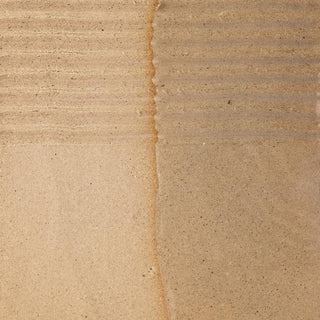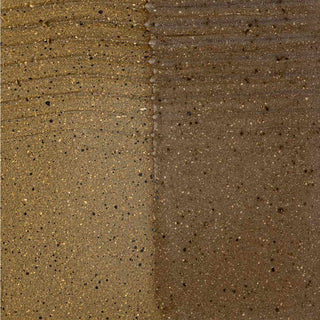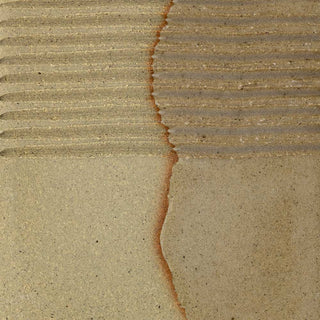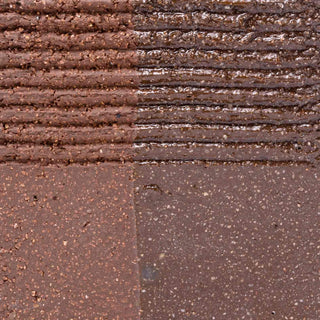Choose a sub category:
Pottery Clay
Clay manufacturing at Sheffield Pottery is completely unique in the industry. We have expanded our production line to include additional machinery setting a new standard for the clay industry. Dry clay ingredients are precisely weighed in our custom batching system, wet mixed in our world class Eirich mixer, and much or your clay is additionally processed in our Sweco 72” flow through separator and an iron filtration magnet which is used by no other clay maker in America.
95400 School White Stoneware Moist Clay No Grog c10 - 50Lb Box - Non-Delivered Price
$38.50
- Unit price
- /per
Berkshire White With Silica Sand Earthenware Moist Clay - 50Lb Box - Delivered Price
$59.50
- Unit price
- /per
95400 School White Stoneware Moist Clay No Grog c10 : 50Lb Box -Delivered Price
$61.50
- Unit price
- /per
Classic Mass White With Silica Sand Earthenware Moist Clay - 50Lb Box - Non-Delivered Price
$40.75
- Unit price
- /per
92700 with Molochite Grog Porcelain Moist Clay c10 | 50Lb Box Delivered Price
$88.75
- Unit price
- /per
Berkshire White With Silica Sand Earthenware Moist Clay - 50Lb Box - Non-Delivered Price
$36.50
- Unit price
- /per
92700 with Molochite Grog Porcelain Moist Clay c10 | 50Lb Box Non-Delivered Price
$65.75
- Unit price
- /per
Mastodon Mid-fire Black Stoneware Moist Clay by Mammoth Clay - 50 Pounds - Delivered Price
$91.00
- Unit price
- /per
You’re viewing 41-80 of 86 products

SHEFFIELD POTTERY CLAY : AMERICA’S PREMIER CLAY MAKER
Sheffield Pottery clay is unparalleled in its quality and consistency. We use state-of-the-art equipment to create a perfect clay body for any application. When you order Sheffield Pottery Clay it arrives with two 25-pound sleeves in a 50-lb box. (and yes! we twist-tie the bags!) The clay has been blended and pugged in our state-of-the-art de-airing pugmills with just the right amount of water so it is smooth and soft and ready to use right out of the box.
AT SHEFFIELD POTTERY WE TAKE GREAT PRIDE IN OUR CLAY. THAT IS WHY WE ARE CONSIDERED AMERICA’S PREMIER CLAY MAKER!



FREQUENTLY ASKED QUESTIONS
There are three main types of pottery clay: Earthenware, Stoneware, and Porcelain.
Clay for all types of ceramics are blended from various types of clay and minerals that impart different firing and handling characteristics.
Earthenware: Earthenware clay is "low-fire" so you will fire around Cone 05 depending on the formula. These clay bodies include classic terra-cotta and low-fire talc and no-talc white clays often used in schools. Earthenware clay can not technically be vitreous (water-tight) on its own so generally, these clays are used for decorative items and sculpture.

Stoneware: Stoneware clay is mostly "mid-fire" so you will fire at cone 5 or cone 6. We also offer a selection of "high-fire" cone 10 stoneware bodies as well. Stoneware is your choice to make functional ware in electric, gas or wood kilns. Any properly fired stoneware clay will be vitreous enough to hold water even without a glaze. Stoneware is clay in the majority of good-quality, studio pottery. We offer a range of light and dark stoneware clay bodies to suit your taste to a t! Choose "white stoneware" for clay nearly as white as porcelain but with the handling characteristics of a friendly stoneware.
Porcelain: Porcelain pottery clay offers the whitest color of the mid-fire and high-fire clays. Fine china and bone china are made with porcelain clay with a lot of kaolin. Our porcelain clay bodies are blended with other clays to give you the best handling characteristics while still maintaining it's a natural beauty. Compared to stoneware, porcelain is considered "short" meaning it is less tolerant to being worked on the wheel. Throw quickly and with as little water as possible to overcome this. If you can throw very thin walls you can expect to find some translucency! Traditionally porcelain has been for cone 10 only but we offer excellent cone 6 porcelain as well so that you can use it in your electric kiln!
You will notice that we offer many of our clay bodies with or without grog. Grog is ground-up of pre-fired clay or sand. The addition of grog in clay gives the claymore "tooth." The tooth will make it much easier to throw on the wheel. Grog also limits the shrinkage of clay from wet to bone dry so when you join handles or are hand-building you will have better success. Grog also gives the clay greater resistance to thermal shock if you raku or pit fire. Our specialized Sculptural, Architectural, and raku clays have a lot of grog but our regular clay bodies have just enough to give you that tooth without it being overly gritty on your hands.
OUR PROCESS
Natural Sheffield Clay is mined on our property from as seen at one of the open clay pits. The Sheffield Clay deposit is located in Sheffield, Massachusetts, on U.S. Route 7 in the Southwest corner of Berkshire County.

